2019 Citroen C5 Aircross review, test drive
The C5 Aircross looks every bit a Citroën and we find it a delightfully plush ride. But will Indian SUV buyers take to its unconventional looks?
Published on Oct 20, 2019 11:20:00 AM
60,869 Views
Follow us on

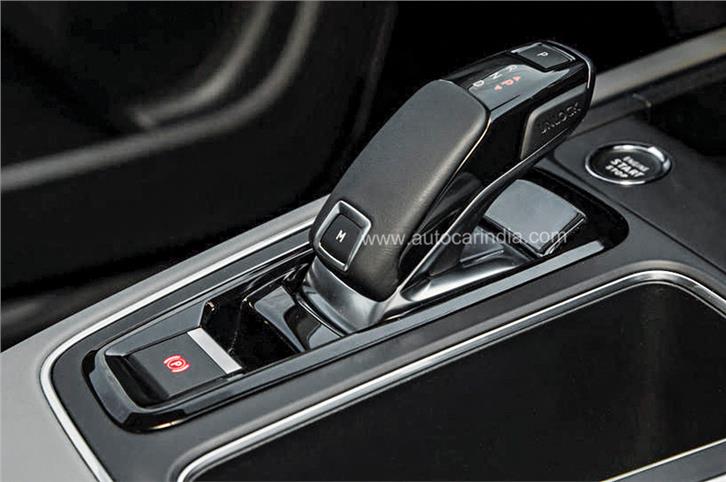
Angular gear lever adds to C5’s cool quotient.

Well-shaped boot can swallow litres of luggage. Low lip makes loading easy.
French. Very French. That’s what the Citroën C5 Aircross is. You might think I’m stating the obvious, but no, you can’t take the lineage of any brand for granted. It’s not uncommon for the badge on a car to have no link with its heritage or nationality. GM India was a past master of the badge engineering game, proudly pinning the Chevrolet bow tie on cars that were more Japanese, Korean and Chinese than American. The MG Hector also wears a British badge, but is essentially Chinese, whilst closer to home, Citroën’s traditional rival Renault too has never given us cars that are truly French. Cars like the Duster and Lodgy are badge-engineered Dacias while the little Kwid is actually more Indian than French. Sharing badges, platforms and components isn’t necessarily a bad thing because the result can be a product that’s well-suited to the Indian market. But all the mixing and matching can dilute the DNA
of the brand.
Citroën’s debut model for India has the added responsibility of defining the 100-year-old brand. It’s a job the C5, with its unique styling, typical of this French marque, does rather well. But while the Citroën idiosyncrasies make the C5 stand out, they can also divide opinion. So will Indian car buyers embrace this midsize premium crossover?
C For Chic
The C5 is more of a crossover than a pukka SUV, but it stands out from the current crop with a design that is genuinely distinctive and different. It oozes with funky design details like the ‘Airbump’ protective panels at the bottom of the doors and around the wheel arches, dummy oblong intakes in the lower bumper and side panels, window lines accentuated with a C-shaped chrome finish and blackened pillars that give a floating roof effect. It’s the C5’s nose, however, with the headlight cluster integrated into a two-part grille that is very original (and very Citroën) – a welcome break from the big grilles that adorn mainstream SUVs these days.
Size-wise, the C5 is a shade bigger than the VW Tiguan, which will be its natural rival in India. But in absolute terms, there are many bigger (and cheaper) SUVs out there, which puts Citroën’s debut model at a bit of a disadvantage when viewed in the important size-versus-price context. The trouble is that Indians want a big and bulky-looking vehicle to feel that they are getting their money’s worth. It’s a key reason why the MG Hector got such a fantastic reception. The C5 Aircross may not have mass (pardon the pun) appeal, but there’s no doubt its unconventional design will charm a more evolved SUV buyer.

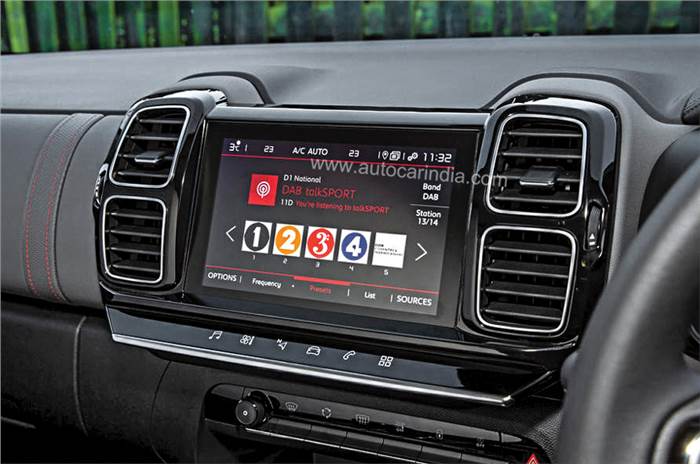
You can see, or rather feel, where Citroën has spent money the moment you slide into the seats, which are possibly the most comfortable I’ve experienced in a long time. They aren’t heavily contoured or bolstered, yet cosset you like a sofa would, and, of course, they can be electrically adjusted over a wide range of movements. What sets the seats apart is the cushion foam density, which is simply spot on. You sit onto an initial layer of softness, but as you sink lower into the seat, you hit a firmer level of cushioning which offers fantastic support. And it’s these finely engineered seats that you keep comfortable for long hours behind the wheel.

The rear-seat cushions feel just as good, but by design, the C5 Aircross is a better five-seater than a four-seater. How so? Citroën has fitted the C5 with three equal-sized seats at the back, all of which can be individually tilted and adjusted for length. This is great if you regularly travel five-up as the middle passenger no longer has to be the one who’s drawn the short straw. However, to make it equal for all three, the two side seats aren’t that wide. So, if you mainly travel in the back alone or with another passenger, you’ll miss the extra width. This five-full-seat configuration may work well in Europe where the C5 Aircross is essentially a family car. But in India, at the price point it will be sold, this car will largely be chauffeur-driven and owners may want a bigger, more armchair-like pair of seats with a cushy flip-down armrest to lounge in.
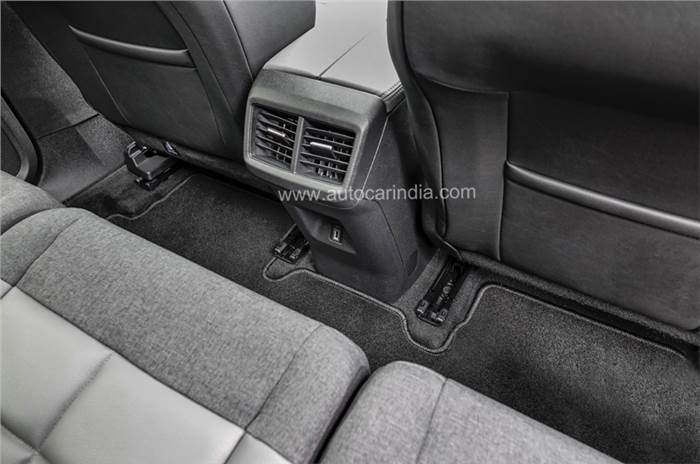
Upping the comfort quotient is the C5 Aircross’ exceptional ride quality. This softly-sprung SUV glides over tarmac like it’s on a cushion of air. When the roads get rough, sharp edges thump through, but overall body control is pretty good and you won’t be pogoing all over the place on an uneven or bumpy road. Yes, it does wallow through corners and the light steering too (which can be firmed up by pressing the Sport button) doesn’t offer great feel, but there’s sufficient body control to give you assurance to cruise at motorway speeds without having to concentrate hard. On Indian roads, the superlative ride will be greatly appreciated and, more importantly, establish Citroën’s comfort-oriented heritage, which has long been the selling point of the French brand, established by legendary cars like the Traction Avant, 2CV and the DS.
Motive Power
The C5 Aircross comes with four engine options – 1.2- and 1.6-litre petrols, and 1.5- and 2.0-litre diesels. For the Indian market, however, Citroën will offer just one engine. For now, the choice has been narrowed down to the 131hp 1.5-litre diesel that I’m driving and the potent 180hp 2.0-litre diesel. What’s confirmed is that the India-spec car will come only with an 8-speed torque converter automatic transmission used by both the shortlisted diesel engines. There will be no manual option, and no petrol option either, for that matter. Citroën wants to initially limit the number of variants for the Indian market to keep things simple and cost-efficient.
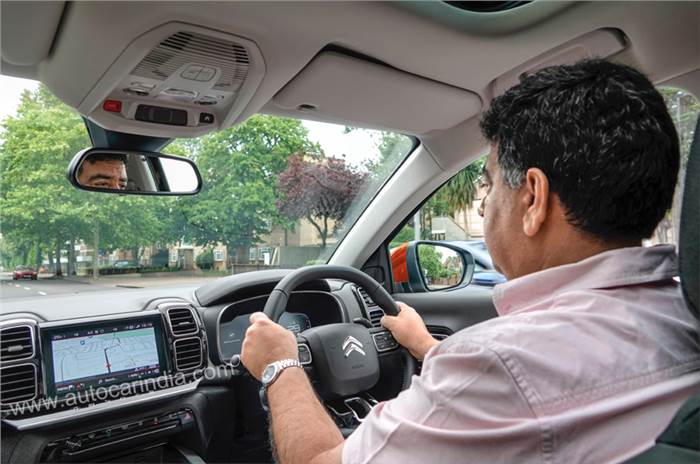
The 1.5 diesel has enough low-down grunt, and allied to the smooth and fairly responsive 8-speed gearbox, the C5 happily keeps up with traffic. Light controls and good all-round visibility is useful too and a couple of days in London’s city crawl established the urban credentials of this crossover.
On the motorway, however, the small diesel isn’t as impressive. The 1.5 needs to be worked hard and acceleration is leisurely, at best. Pushing the engine hard also reveals another of its flaws – it’s pretty noisy at high revs, which makes you back off and hold a more relaxed pace. Quite frankly, the 1.5 diesel just doesn’t cut it at the price point the C5 will arrive at in India.
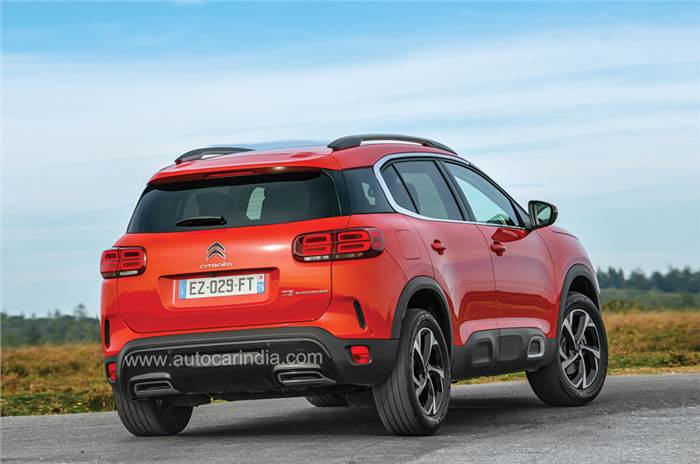
With the launch around a year away, prices are far from finalised yet. What’s for sure though is that with minimal local content planned for Citroën’s first product in India, it won’t be cheap. Prices are expected to be north of Rs 30 lakh, smack in Tiguan and Kodiaq territory. Citroën needs the bigger 2.0-litre diesel if it has to compete on equal terms.
Other than the question mark surrounding the choice of engines, Citroën’s first stab at the Indian market holds promise. Easy to use, high on comfort and with a distinctive design that stands out from the cluttered SUV field, the Citroën C5 Aircross is refreshingly different. It also has the novelty factor of a new brand, which as MG and Kia have shown, is a big draw these days.
Tech Specs 
Copyright (c) Autocar India. All rights reserved.


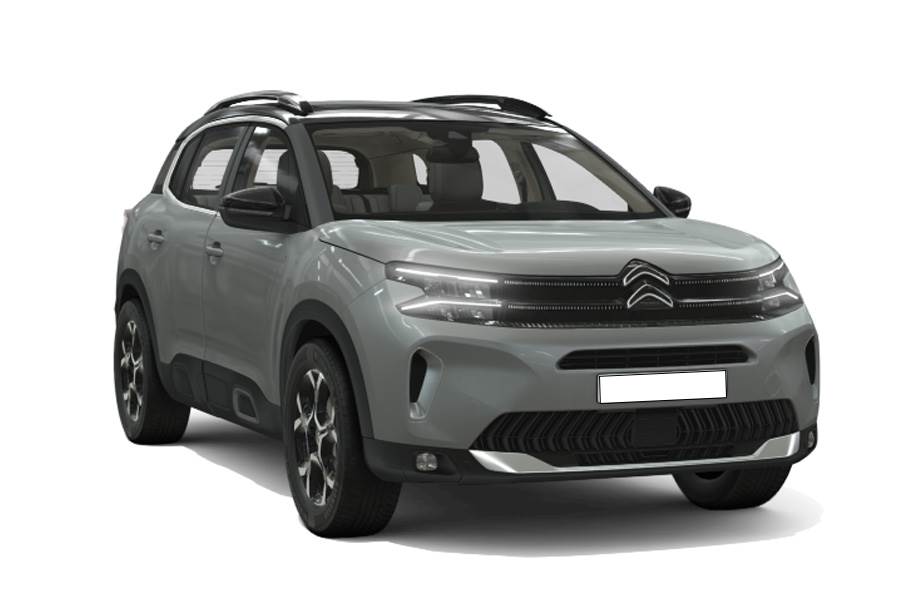
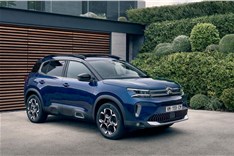


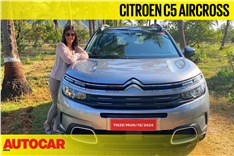
 Price
Price Engine
Engine Transmission
Transmission Acceleration
Acceleration Dimensions
Dimensions
Comments
Member Login
Personal Details
No comments yet. Be the first to comment.